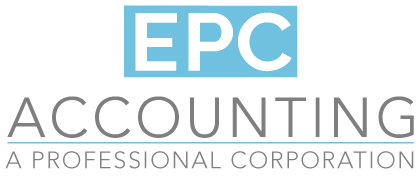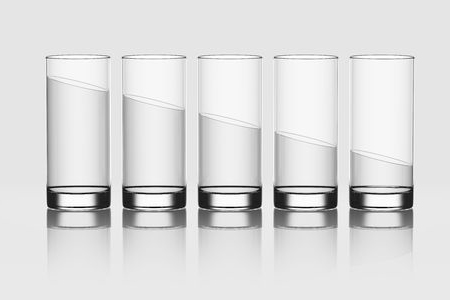There is a lot of misunderstanding about how tax brackets work. I recently spoke about it at a seminar at the Centre for Social Innovation and below you’ll find the gist of the presentation.
Many people hear the phrase ‘moving to a new tax bracket’ and assume that it means they’re paying more taxes (true) and receiving less money (untrue).
For instance, some people think if they make $40,000, they’re paying 25% in taxes but if they’re earning $60,000, they’re paying 30% in taxes. The truth is that they’re only paying 30% on a small portion of that income.
The easiest way to explain it:
Let’s say you have five cups of water, representing your total income for the year.
Out of the first one, we’ll take nothing. We’ll take 10% from the second cup, 15% from the third cup, 20% from the fourth cup and 25% from the fifth cup.
This represents that tax you’re paying – the idea being even through some of your income is being taxed at 25% you keep most of the income you earned. So moving into another tax bracket is a good thing. You’re making more money.
There are no situations where grossing more money will mean less money in your pocket.
That’s the idea behind the tax bracket. Unless you’re in the top one percent of earners, an average rate of 30% is not unreasonable.
The graph below shows both the marginal rate (the amount of tax paid on an additional dollar of income) and the average rate on all of your income.
The reason there are so many small jumps is that Canada and the provinces don’t change the rates at the same pace. They’re moved very slightly every year and the annual movements tend to move right to adjust for inflation. If you previously moved into a new bracket at $42,000, the new guideline could be $42,700.
It took a really long time for a portion of a person’s income to be taxed at over 50% and that only happened in 2016. Currently, the threshold is $202,801. The line doesn’t move again after the $220,001 mark. In 2017, every dollar you earn over $220,001 will be taxed at 53.53%


